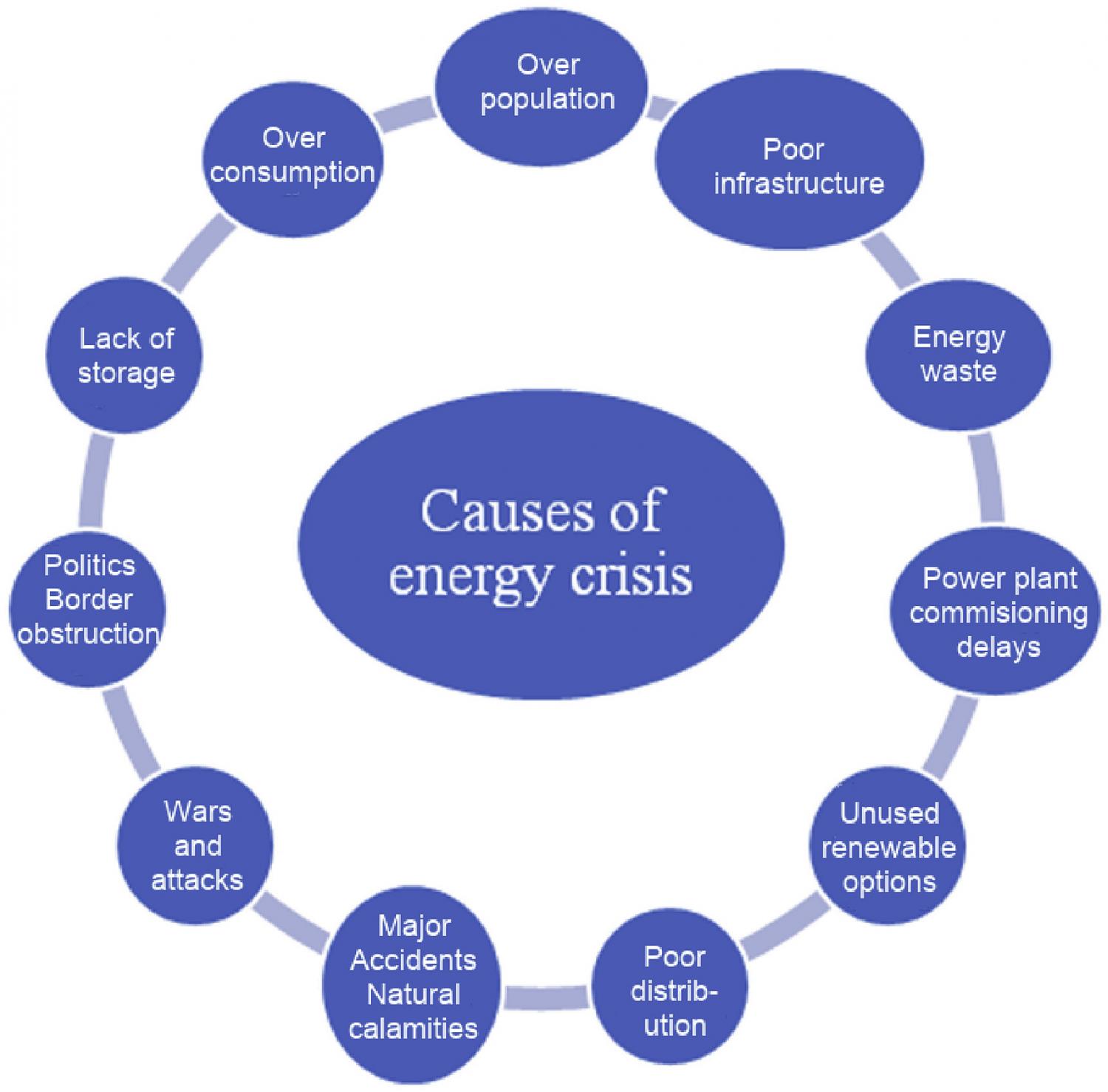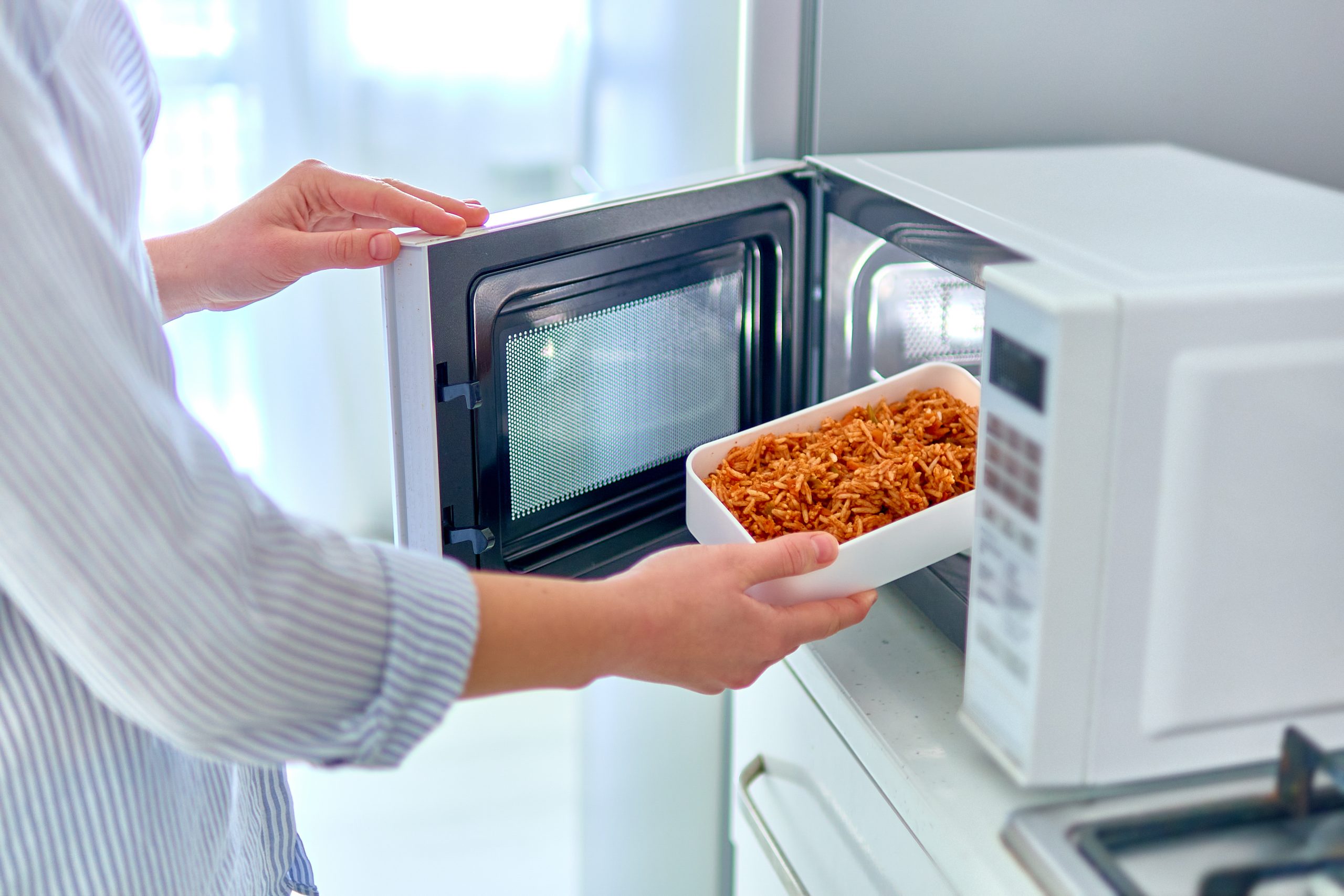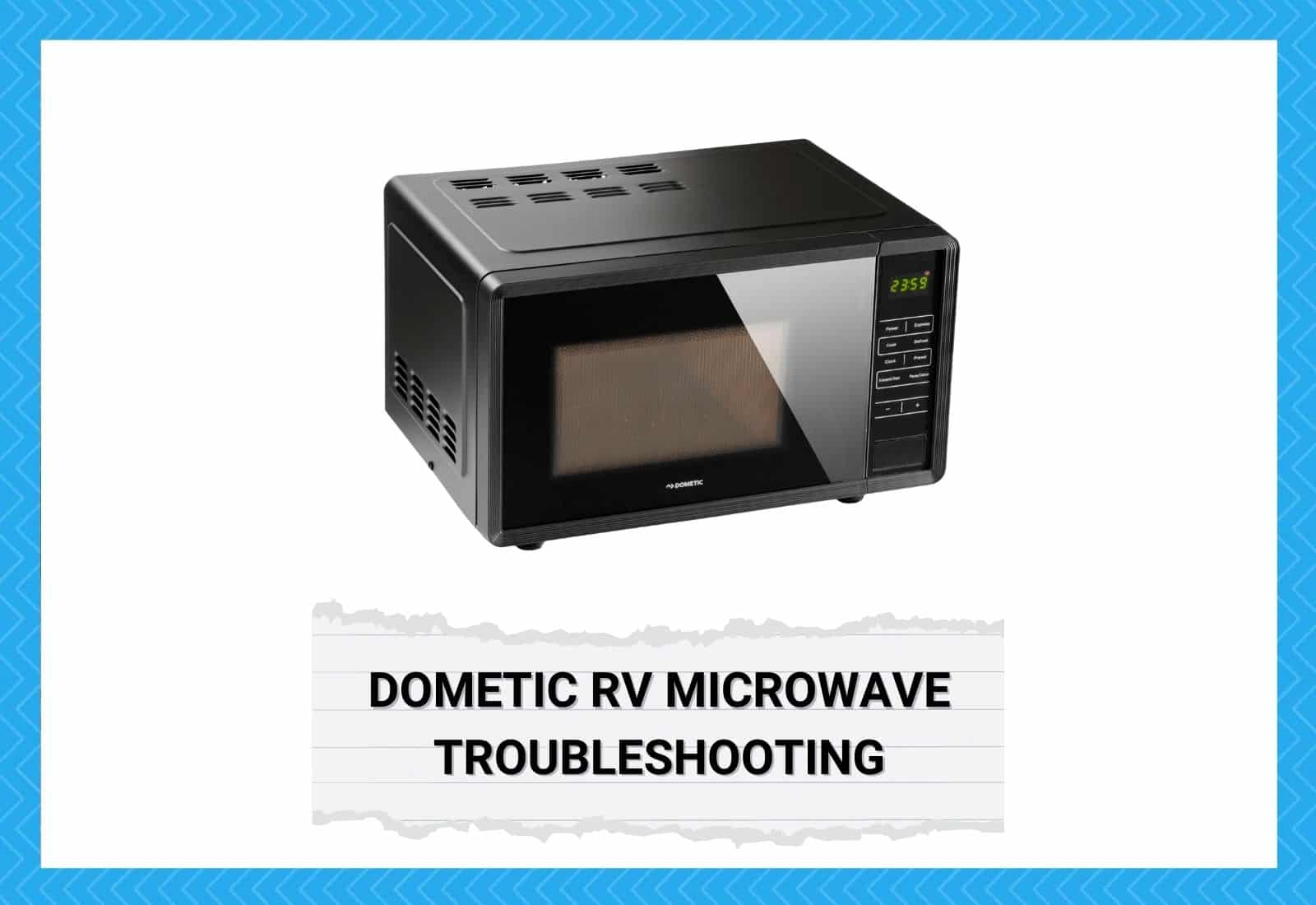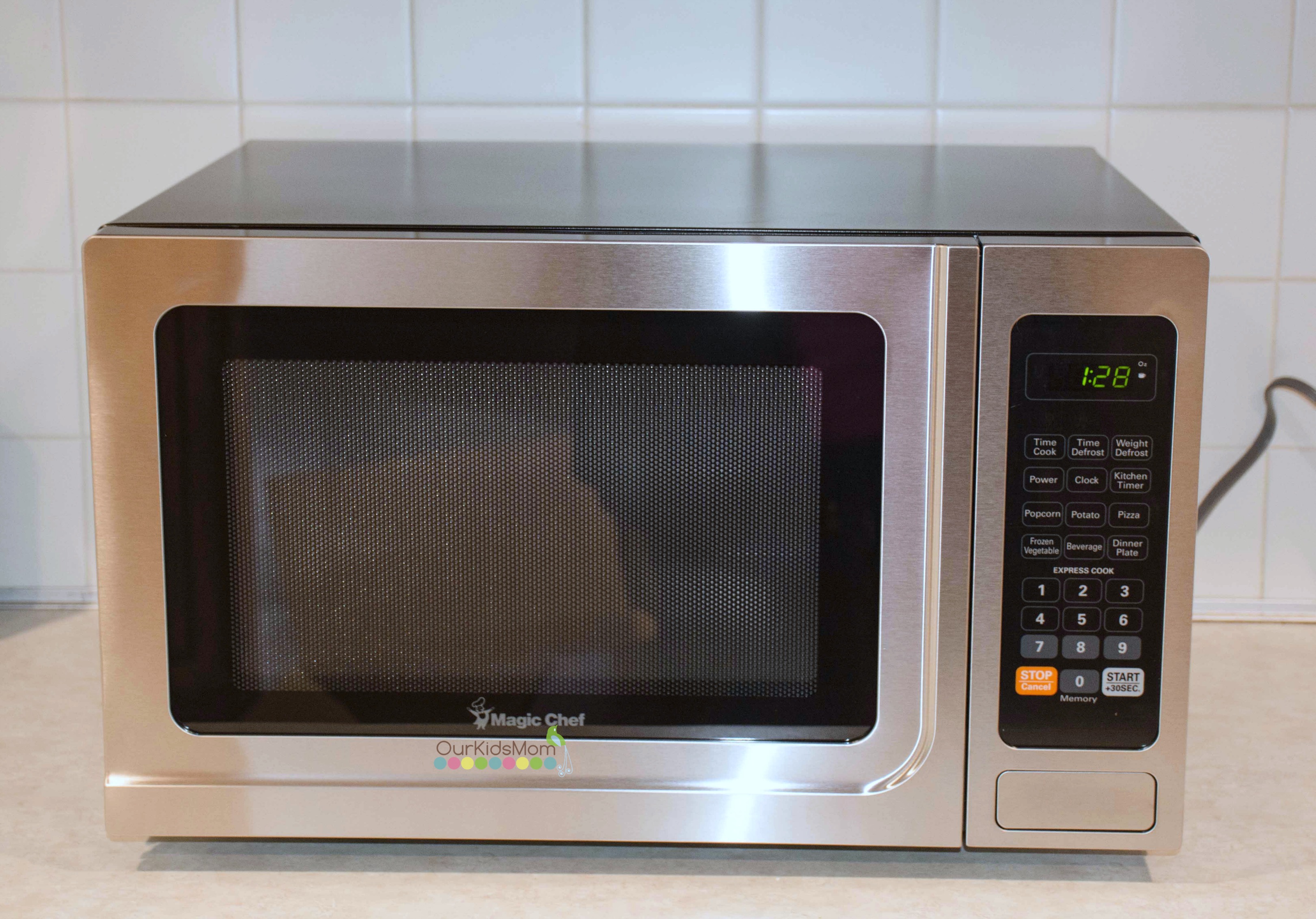Microwaves are a staple in modern kitchens, offering a quick and convenient way to heat food. But understanding their power levels and troubleshooting any issues is crucial for optimal performance and safety. Dive into this comprehensive guide to master the intricacies of your microwave and address common power level concerns.
Pain Points of Understanding Microwave Power Levels
Incorrect power level settings can lead to unevenly heated food, burnt dishes, or undercooked meals. Overcooking can deplete nutrients, while undercooking poses food safety risks. Additionally, an excessive power level can damage the appliance or cause food splatters inside the microwave.
Understanding Microwave Power Level Limitations
Microwave power levels are typically measured in watts or percentages. Some microwaves have fixed power levels, while others offer variable settings. Common power levels range from 300 to 1000 watts or 10 to 100% power. The higher the power level, the faster the food heats. However, using the highest power level may not always be necessary or desirable.

Mitigating the current energy crisis in Nepal with renewable energy – Source sdgresources.relx.com
Choosing the Right Power Level
Selecting the appropriate power level depends on the type of food, quantity, and desired result. For delicate foods like fish or reheating leftovers, a lower power level (30-50%) prevents overcooking. For denser items like meats or casseroles, a higher power level (70-100%) is recommended to ensure even cooking. Using a combination of power levels during the cooking process can be beneficial.

Troubleshooting – State-St.com – Source state-st.com
Understanding Microwave Power Level Troubleshooting
Troubleshooting Causes of Low Microwave Power
A microwave operating at a lower power level than usual can be frustrating. Potential causes include:
- Faulty magnetron: The magnetron generates microwaves, and a malfunctioning magnetron can reduce power output.
- Damaged waveguide: The waveguide transmits microwaves from the magnetron to the cooking chamber. A damaged waveguide can impede power flow.
- Defective door switch: A malfunctioning door switch can prevent the microwave from operating at full power for safety reasons.

5 Common Dometic RV Microwave Problems (Troubleshooting) – Camper Upgrade – Source www.camperupgrade.com
Troubleshooting Causes of High Microwave Power
Excessive microwave power can lead to burnt or overcooked food. Possible causes include:
- Faulty power control board: The power control board regulates the microwave’s power level. A malfunctioning board can lead to incorrect power settings.
- Damaged thermal fuse: The thermal fuse prevents overheating. A blown thermal fuse can cause the microwave to operate at an excessive power level.
- Faulty thermostat: The thermostat monitors the microwave’s temperature. A defective thermostat can fail to regulate temperature, leading to overheating.

Kenmore elite 36363693302 microwave hood combo parts – Artofit – Source www.artofit.org
Recommendation on Understanding Microwave Power Level Limitations And Troubleshooting Causes
To ensure optimal microwave performance, consider these recommendations:
- Refer to the user manual for specific power level guidelines for different foods.
- Start with a lower power level and gradually increase it if necessary to prevent overcooking.
- Use a microwave-safe thermometer to check food temperature for accuracy.
- Avoid using metal utensils or containers inside the microwave, as they can reflect microwaves and damage the appliance.
- Clean the microwave regularly to remove food particles that can affect power distribution.

Buy Russell Hobbs RHM2064R 20 Litre 800 W Red Digital Heritage – Source www.desertcart.co.za
Understanding Microwave Power Level Limitations and Proper Usage
Understanding the limitations of your microwave’s power levels and using them correctly is essential for effective cooking. By selecting the appropriate power level, monitoring cooking progress, and addressing any power issues promptly, you can ensure consistent and safe microwave usage.

Magic Chef Countertop Microwave Oven – Source www.ourkidsmom.com
Tips for Understanding Microwave Power Level Limitations And Troubleshooting Causes
Here are some additional tips for understanding microwave power levels and troubleshooting:
- Experiment with different power levels to find the optimal settings for various foods.
- Stir or rotate food during cooking to ensure even heating.
- If your microwave consistently cooks unevenly, consult the user manual or contact a qualified technician.
- Never attempt to repair a microwave yourself unless you have the necessary technical expertise.
- Always follow the safety instructions provided in the microwave’s user manual.

Easy Microwave Scrambled Eggs Made in 5 Minutes – Source www.simplisticallyliving.com
Microwave Power Level Settings for Common Foods
Here’s a quick guide to microwave power level settings for common food types:
- Defrosting: 30-50% power
- Reheating: 50-70% power
- Cooking vegetables: 70-80% power
- Cooking meat: 80-100% power
- Popcorn: 100% power
Fun Facts of Understanding Microwave Power Level Limitations And Troubleshooting Causes
Did you know?
- The power level of a microwave is directly proportional to the frequency of the microwaves it generates.
- Microwaves cannot penetrate metal, so metal containers are not suitable for microwave cooking.
- The rotating turntable in a microwave helps distribute heat more evenly.
![]()
Cooking and Heating Time in the Microwave. Symbols and Icons for – Source www.dreamstime.com
How to Understanding Microwave Power Level Limitations And Troubleshooting Causes
To understand microwave power level limitations and troubleshooting causes, consider the following steps:
- Identify the problem: Note if the microwave is operating at a lower or higher power level than expected.
- Check the power level setting: Ensure the microwave is set to the correct power level for the food you are cooking.
- Check the food: If the food is not heating evenly, try stirring or rotating it.
- Inspect the microwave: Look for any visible damage or loose parts.
- Consult the user manual: Refer to the user manual for specific troubleshooting guidance.
What if Understanding Microwave Power Level Limitations And Troubleshooting Causes
If you have tried all of the above steps and are still experiencing problems with your microwave’s power level, you may need to contact a qualified technician. They can diagnose the issue and recommend the appropriate repair or replacement.
Listicle of Understanding Microwave Power Level Limitations And Troubleshooting Causes
Here’s a listicle summarizing the key points of understanding microwave power level limitations and troubleshooting causes:
- Microwaves have varying power levels to accommodate different cooking needs.
- Incorrect power level settings can lead to uneven heating or over/undercooking.
- Common causes of low microwave power include faulty magnetron, damaged waveguide, or defective door switch.
- High microwave power can result from a faulty power control board, damaged thermal fuse, or defective thermostat.
- Understanding microwave power level limitations and troubleshooting causes ensures safe and efficient cooking.
Question and Answer
-
What is the best power level for reheating leftovers?
50-70% power is generally recommended for reheating leftovers to prevent overcooking.
-
Why is my microwave not cooking food evenly?
Uneven cooking can be caused by incorrect power level setting, improper food placement, or a faulty microwave turntable.
-
What should I do if my microwave is operating at a very low power level?
Check the power level setting, inspect the microwave for any damage, and consult the user manual or contact a qualified technician.
-
How can I avoid overcooking food in the microwave?
Use a lower power level, stir or rotate food during cooking, and monitor the cooking progress carefully.
Conclusion of Understanding Microwave Power Level Limitations And Troubleshooting Causes
Understanding microwave power level limitations and troubleshooting causes empowers you to use your microwave effectively and safely. By selecting the appropriate power level, addressing any power issues promptly, and following the safety guidelines, you can enjoy convenient and hassle-free microwave cooking.